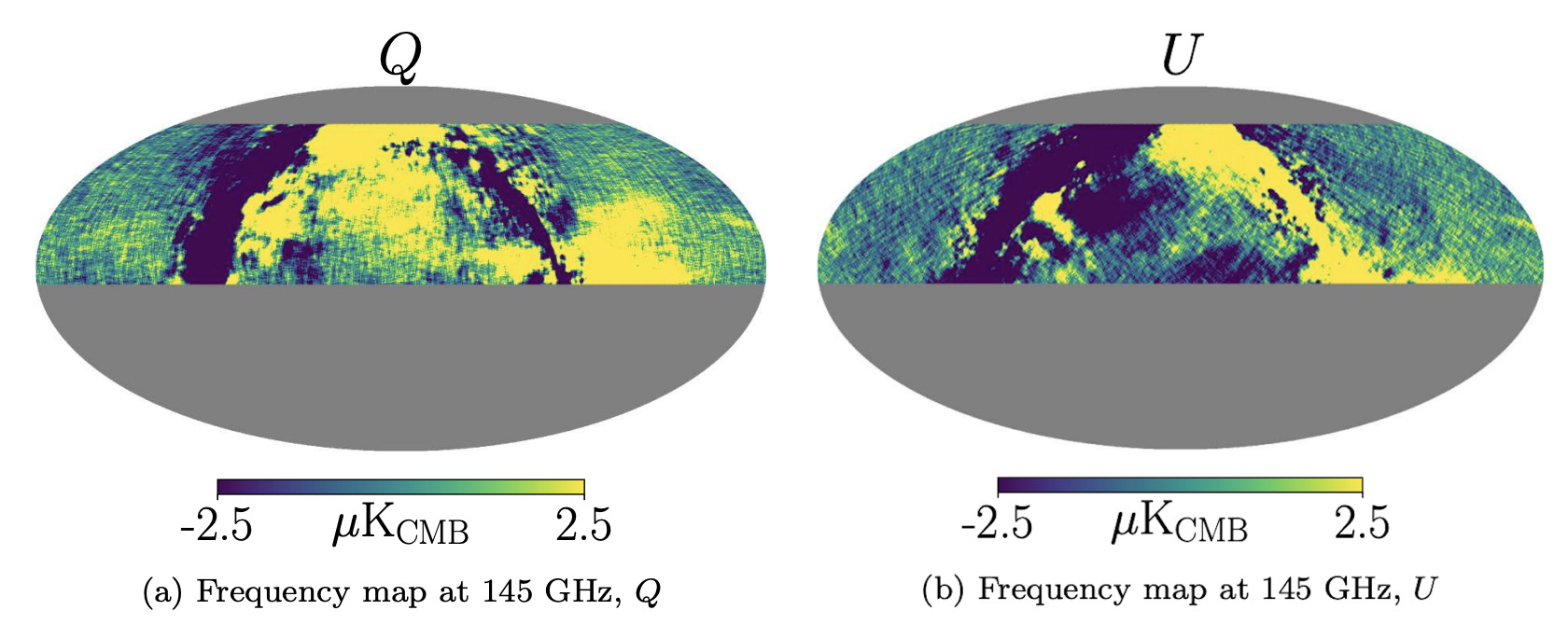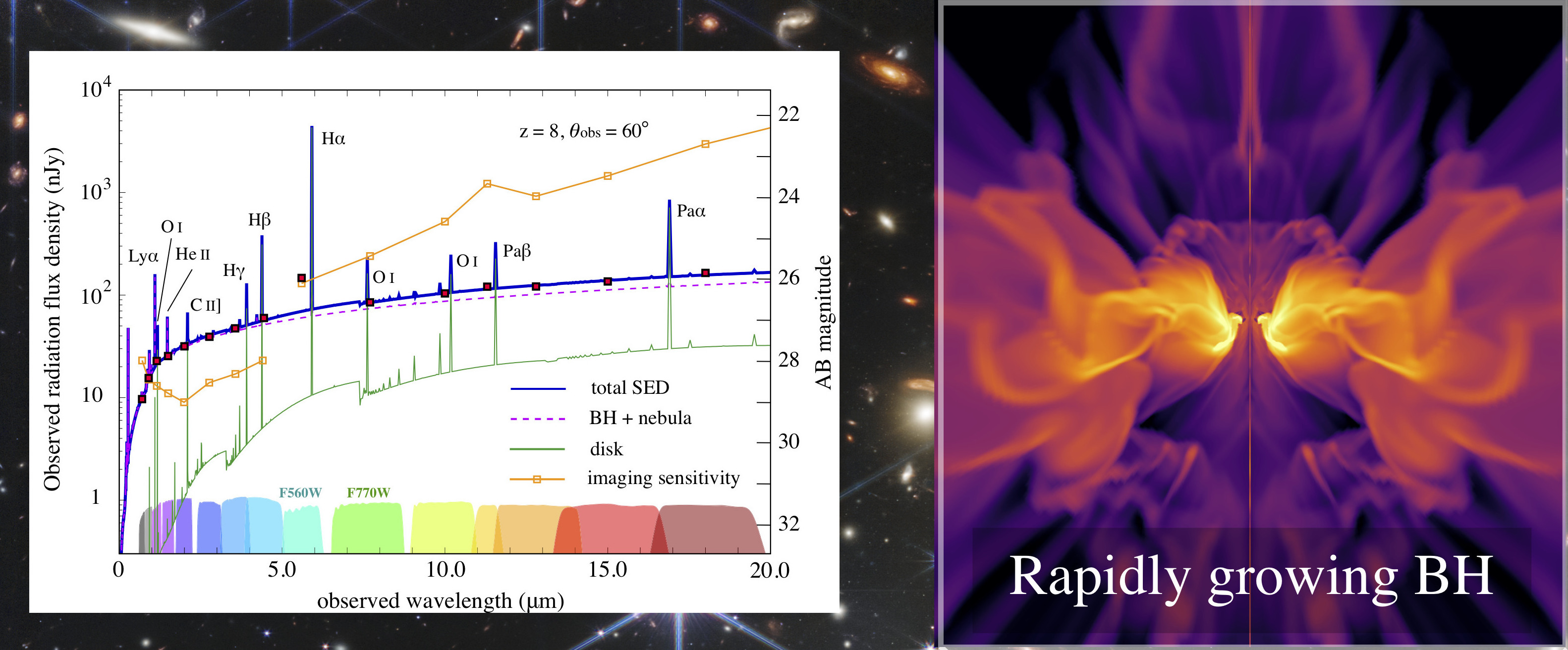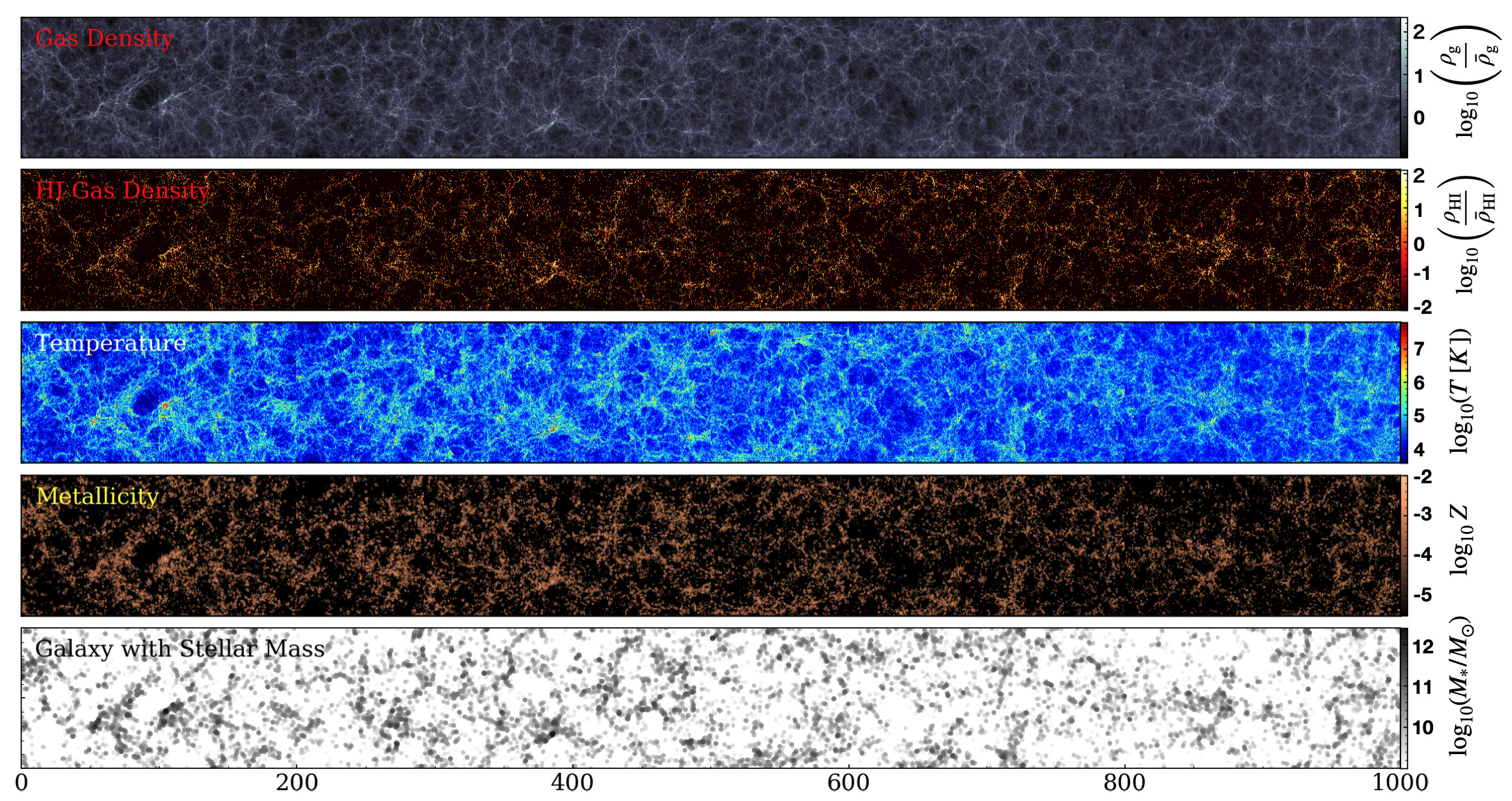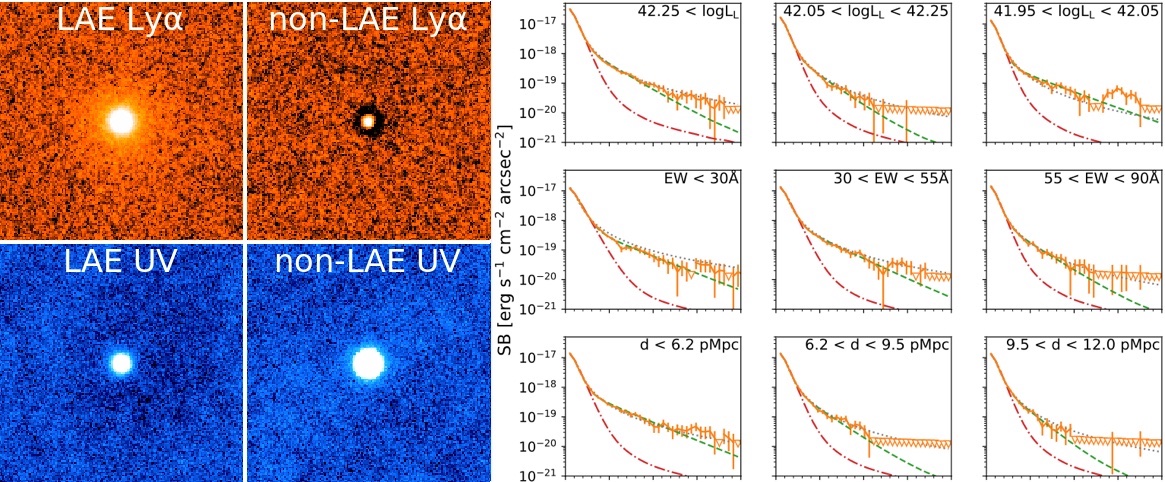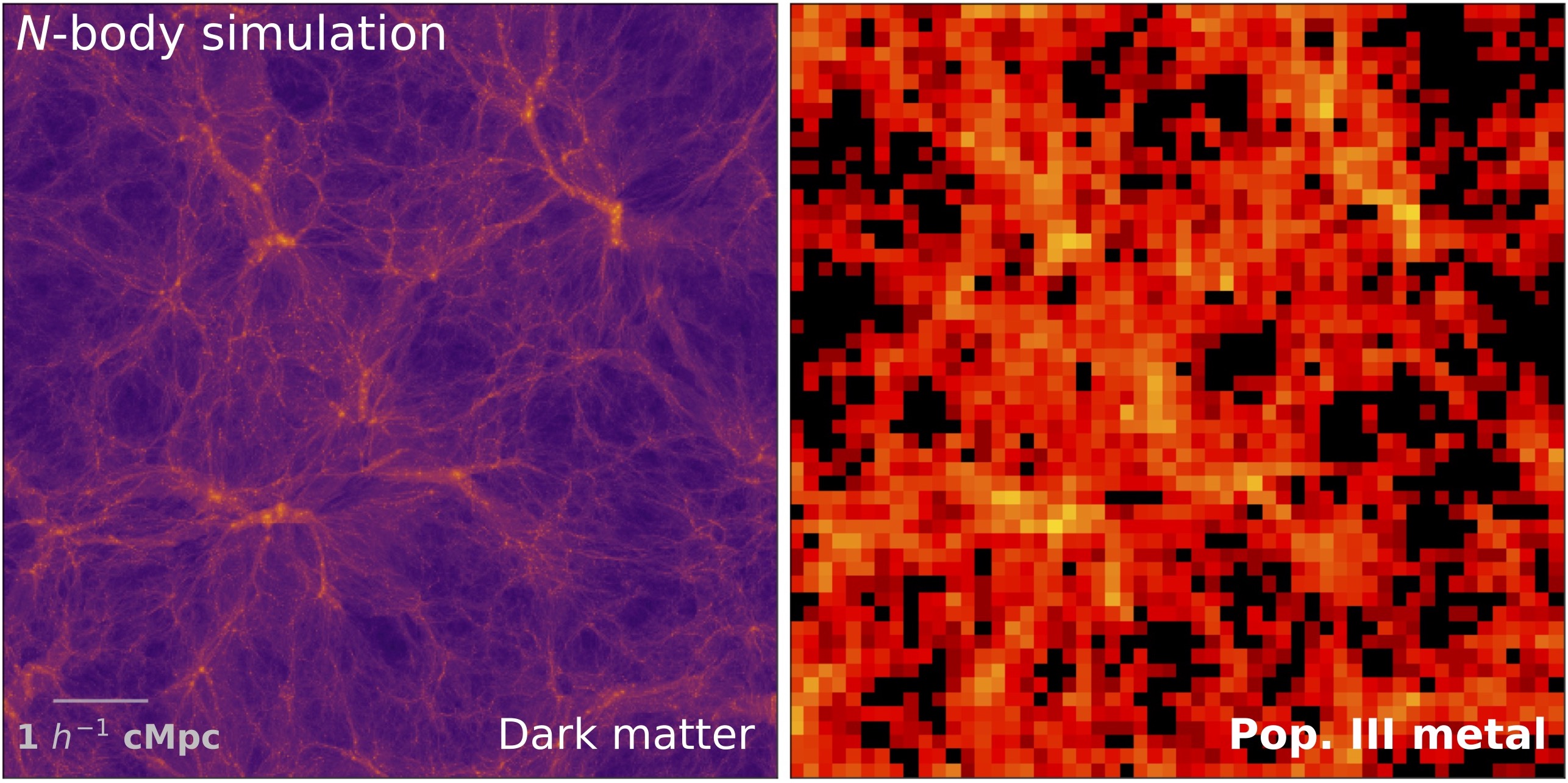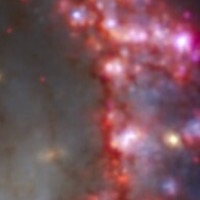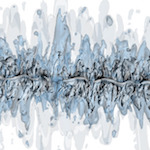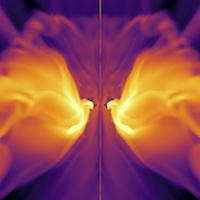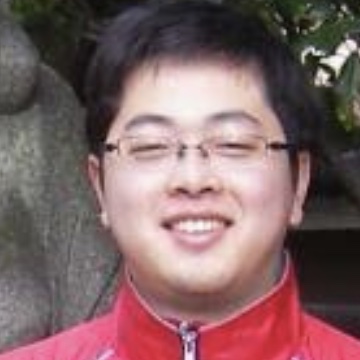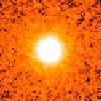Star Formation Activity in Barred Spiral Galaxies Probed by Molecular Gas Observations
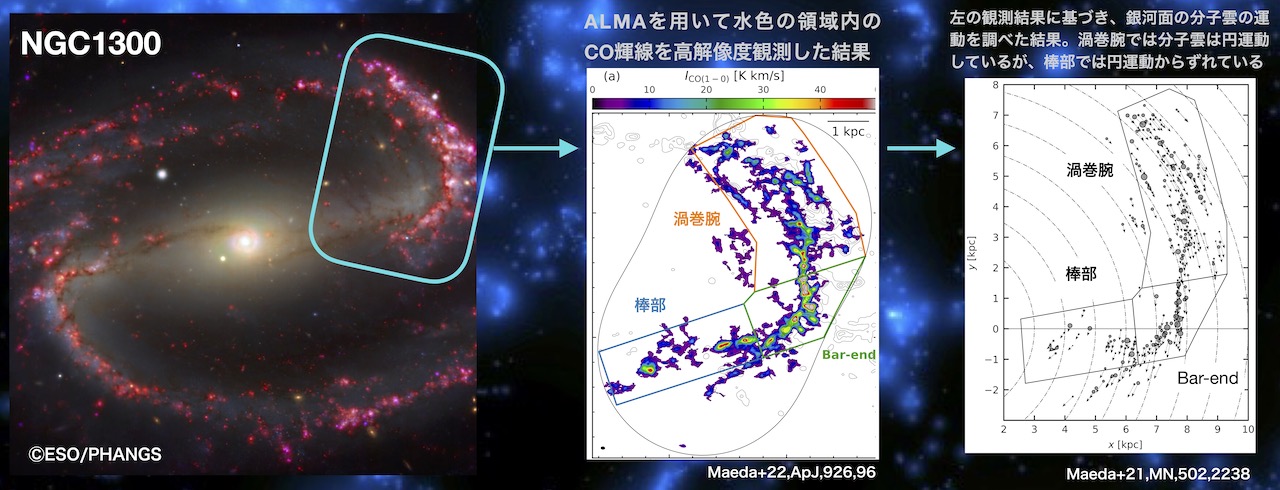
Fumiya Maeda
Institute of Astronomy, The University of Tokyo
Star formation activity in disk galaxies is known to depend on the structure of the galaxy (e.g., center, arms, bars, etc.). The dependence is particularly pronounced in barred spiral galaxies, where active star formation is observed in the arms, while star formation is weak (low star formation rate) in the...


 和 英
和 英 
